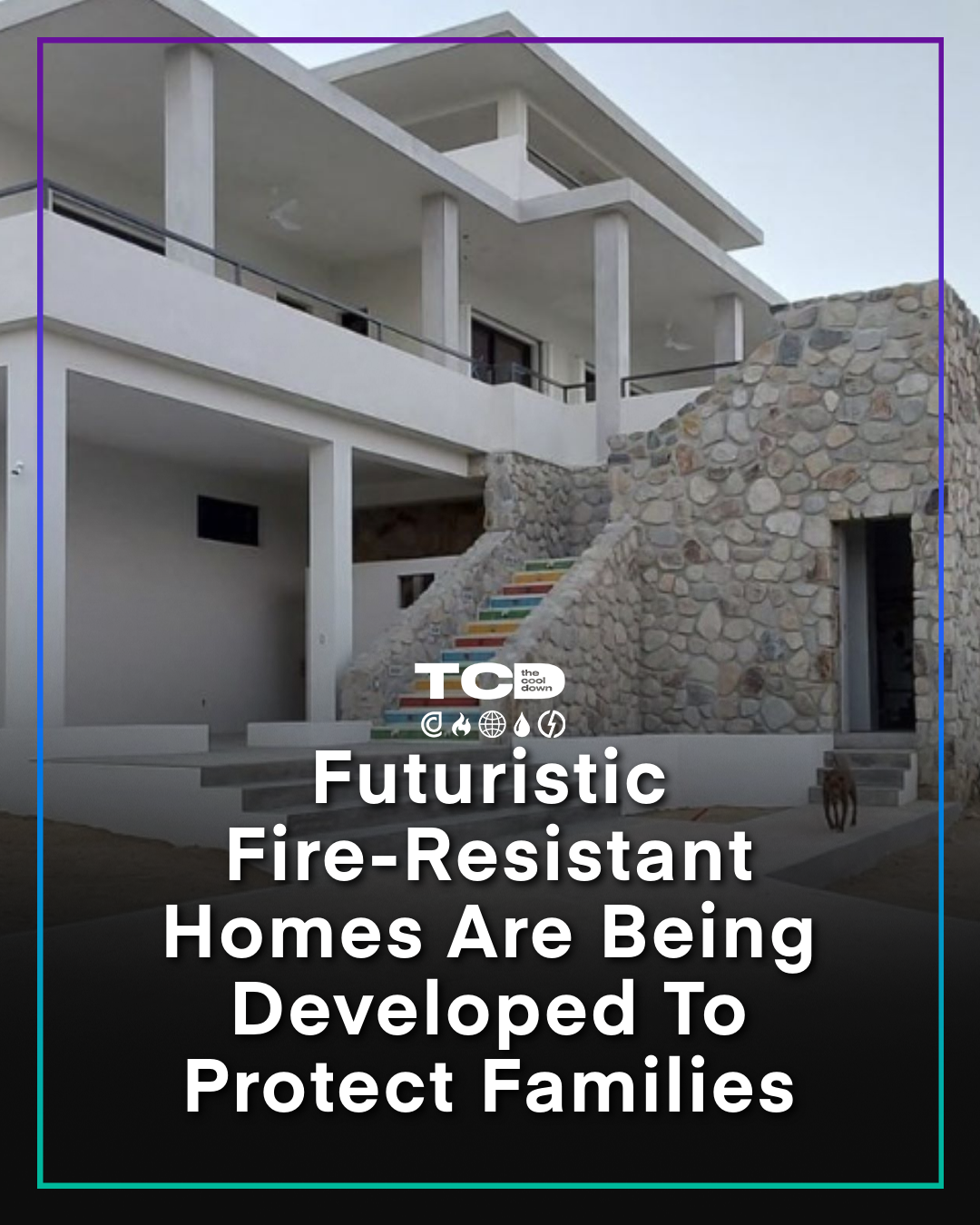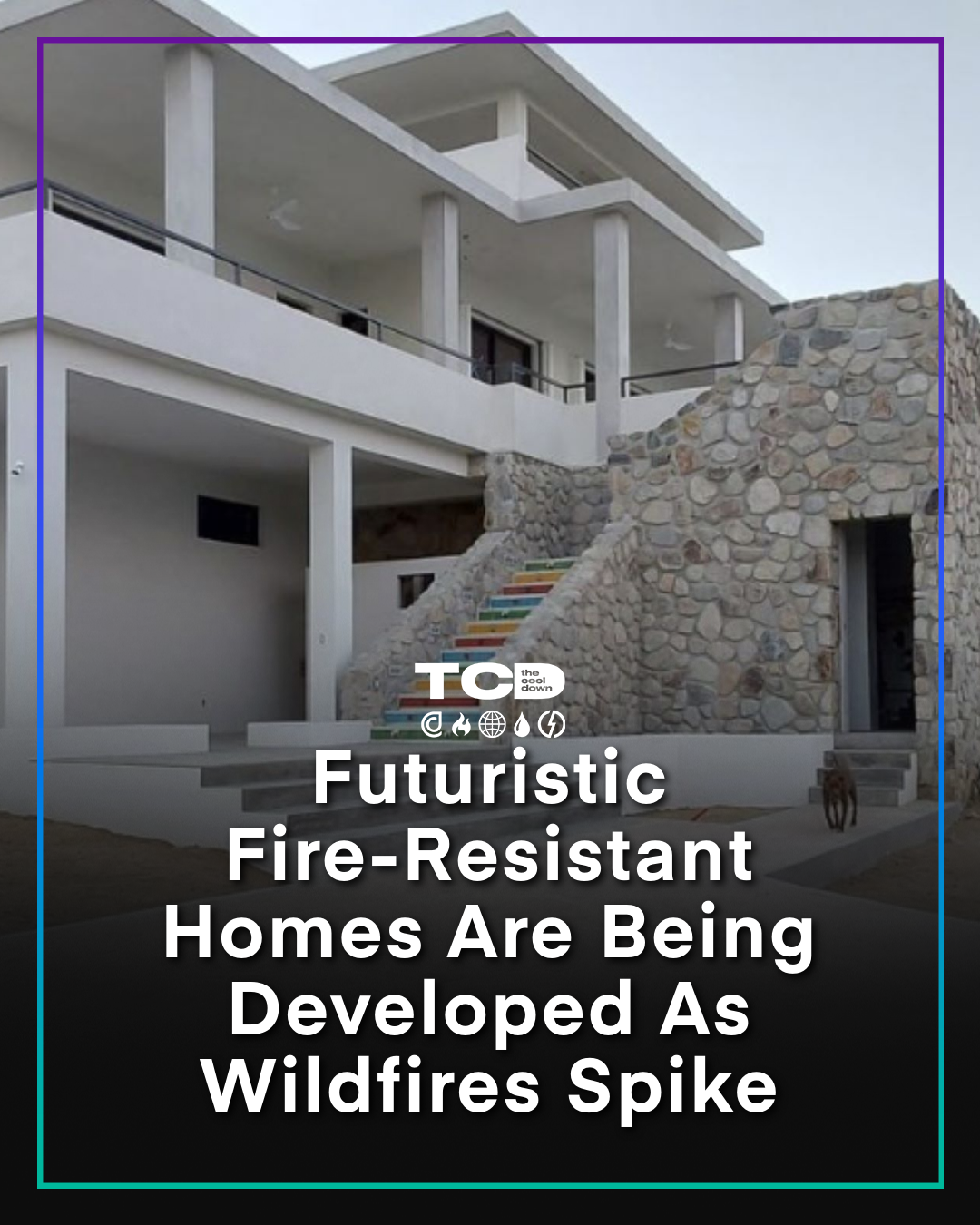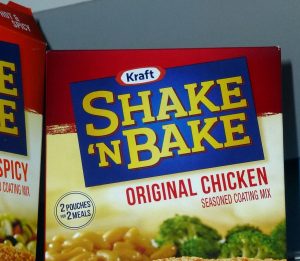Setup
The focus of the test was consumer motivations in learning more about fire-resistant home innovations. To that end, the two assets were designed to test performance across the following A/B split:
- AHope-oriented messaging focused on family protection
- BFear-oriented messaging focused on growing wildfire risk
 A
A
 B
B
Test Results
Attention Share and Engagement Share reflect the percentage of test-wide scoring accounted for by individual variants or demographics. Read more below in the Methodology section.
Aggregate Insights
Messaging around family protection produced more attention at the top of the funnel and more engagement deeper down the funnel, showing that consumers respond well to hope-oriented messages.
The stronger engagement performance of the wildfire-focused message relative to its attention performance suggests that fear has the potential to drive action when effectively leveraged.
Further testing could explore (a) whether marrying both value props in one message produces more attention and engagement than either individually and (b) whether using a more fear-oriented image — e.g., a burning house — changes the relative performance of the two messages.
Gender-based attention and engagement shares reflect the relative attention or engagement per gender for each variant. Read more below in the Methodology section.
Gender Insights
The test population skewed toward male participants, who demonstrated a preference for protection-focused messaging across attention and engagement metrics.
With a smaller sample size, the female audience paid much more attention to the protection-focused message but engaged with the wildfire-focused message at a higher rate.
Further testing could target the female audience with dual-prop variants (marrying hope and fear) to determine whether the attention and engagement potential in this small sample can be unlocked at scale.
Age-based attention and engagement shares reflect the relative attention or engagement per age bracket for each variant. Read more below in the Methodology section.
Age Insights
The test population skewed toward participants over 45, who demonstrated a preference for the protection-focused message.
Attention and engagement performance for the wildfire-focused message was strongest among younger audiences, suggesting a higher degree of attunement to growing climate risks.
The strongest engagement preference for the wildfire-focused message was seen in the 35-44 audience, suggesting that consumers may be most responsive to fear-oriented messaging about home risks in their peak homebuying years.
Further testing could target the 35-44 audience with dual-prop messages to determine whether the engagement potential seen in this small sample can be unlocked at scale.
Methodology
This test was conducted with two message variants and a prequalified TCD audience of 2,645 likely adopters. Among those participants, 10.9% paid measurable attention to the test assets and 5.1% registered measurable engagement.
Attention Score measures the likelihood that a message will capture eyeballs in the wild. It’s calculated using the rate at which test participants respond to a CTA to learn more about the subject.
Engagement Score measures the likelihood that a message will elicit a meaningful response from the audience. It’s calculated using a proprietary algorithm that weights measurable metrics — shares, saves, likes, etc. — in a way that has proven to be meaningfully correlated (r > .5) to real-world conversion behavior.
Attention Share and Engagement Share reflect the percentage of test-wide scoring accounted for by individual variants or demographics. For example, an engagement share of 25% means the variant or demographic in question accounted for 25% of the cumulative engagement score produced by all segments in the test.







